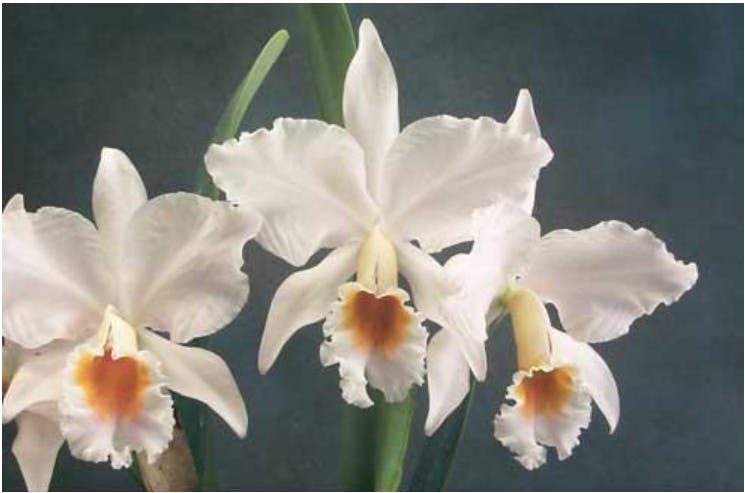Like spring, fall is an important transitional season and orchid growers should be making preparations for the coming winter. As days get shorter and cooler, orchid growth will slow, and in some cases cease altogether. Unless a plant is in a crisis-situation, put off any repotting until the lengthening days of spring. For many orchids, it is this change of seasonal conditions that begins flower initiation. As we move into November, be on the lookout for developing inflorescences on Phalaenopsis, Cymbidium and certain hybrids and species in other genera, and begin staking when spikes reach 6-8 inches.
If you have been summering some, or all, of your orchids outside, now is a good time to get your indoor growing area cleaned up and ready to welcome the returning orchids. Even if you’re an indoor grower, it’s a good time to pull all the pots out and clean the area where the plants are. If you do, this is a game-changer in terms of pest management. When dust and dead leaves build up,
Whether it is windowsill carts, a basement light setup or greenhouse, use diluted chlorine bleach (1:10) or Physan to clean off any accumulated algae and sanitize the area from any potential pests or spores that may be hiding in the accumulated dust around the plants.
In greenhouses, it is easier to make repairs when there are no plants (or they have been moved), so make sure that your growing area is in top condition for the trying conditions of winter. Make sure that heaters are working and that you have plenty of fuel. If you use backup devices or alarms, test them too. ALWAYS check plants thoroughly for pests before returning them to the close quarters of your indoor growing area or greenhouse.
For bringing any plant indoors, always treat the plants preventatively with pesticides and quarantine them for a few days before assimilating them with the rest of your collection. This will ensure that you have fewer problems and headaches throughout the winter.

Although it blooms reliably for us at Christmas, Cattleya percivaliana can bloom anytime from October into January. It blooms at the early end of that range in its habitat in the Venezuelan Andes. Shown here is the albescent color form, 'Sonia de Urbano'.








